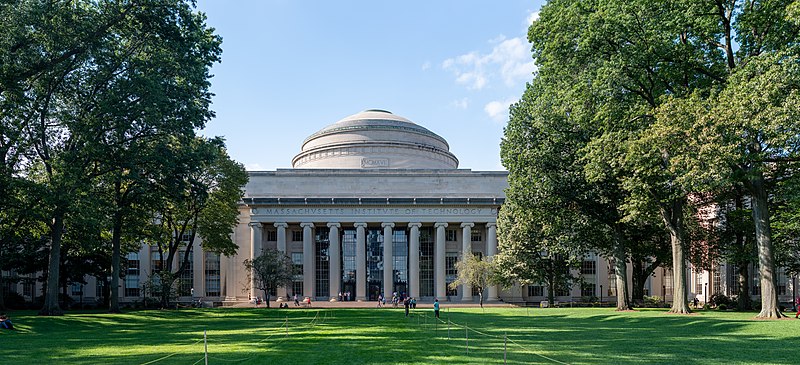The Supreme Court’s decision to ban affirmative action in college admissions completely changed how top universities approach diversity. Since 1964, race-conscious admissions had required schools to create more diverse student bodies, but colleges are now rethinking how they select students with that option off the table. While it’s still early, we’re already seeing shifts in who’s getting accepted and how schools are adjusting their policies.
Affirmative action has always been a controversial subject. It was created for minorities to have an opportunity to go to college, but many criticized it for being unjust and for universities having a preference for applicants of certain races. The Supreme Court ruling in Students for Fair Admissions v. Harvard as well as Students for Fair Admissions v. University of North Carolina resulted in banning affirmative action, stating that schools could not make their decision based on race, with Chief Justice John Roberts explaining that applicants should be seen as individuals rather than as part of a racial category. With this decision, colleges now have to reapproach how they can ensure diversity without directly considering race.

Image Credit: Mys_721tx from Wikimedia Commons
In the following months since the ruling, enrollment data from top universities have already shown significant changes. For example, at the University of North Carolina at Chapel Hill, Black student enrollment dropped from 10.5% to 7.8%. Additionally, MIT sees a 14% decline in Black, Hispanic, and Indigenous first-year students, and in Massachusetts, Black enrollment at some of the state’s top colleges fell by nearly 40%.
A key challenge in establishing these numbers is the fact that more students are choosing not to report their race, making it difficult to accurately figure the full impact of the ruling. In addition to that, colleges report their demographic data in various ways—some include international students, while others don’t, and some categorize mixed-race students differently. Such inconsistencies make it difficult to track exactly how admissions are shifting.

Image Credit: Jeremyblock from Wikimedia Commons
Following the ban, colleges are now exploring alternative ways to maintain diversity. Some are instead becoming more interested in socioeconomic status. For example, Duke University has doubled the number of Pell-eligible (financial aid) students in its incoming class.
Other universities are also expanding financial aid. Princeton now offers free tuition to students with family incomes of less than $150,000.
Several schools have also eliminated legacy admissions, historically favoring White and wealthier applicants, with top Schools like Wesleyan, Johns Hopkins, and Amherst all dropping preference to create a fairer admissions process. Instead, schools are now increasing their outreach in underrepresented communities. Even before the ban, Towson University in Maryland had long focused on admitting students from diverse backgrounds and offering need-based financial support. Now, other schools are following its footsteps in creating similar strategies to maintain diversity.
Although we can already see some effects of the ban, it's still unclear what long-term results will be. According to research, without affirmative action, fewer underrepresented students will enter STEM and graduate programs, impacting diversity in the workforce. That would then affect job opportunities, wages, and economic stability for certain groups of people.
The big challenge for colleges now is finding ways to maintain a fair admissions process while still addressing inequalities. Through expanding financial aid and strengthening outreach, this makes sure students from all backgrounds feel supported. Although the Supreme Court’s decision has significantly impacted college admissions, it hasn’t ended the debate on diversity in higher education. For now, schools, policymakers, and students will have to keep pushing for strategies that give equal opportunities for everyone.










